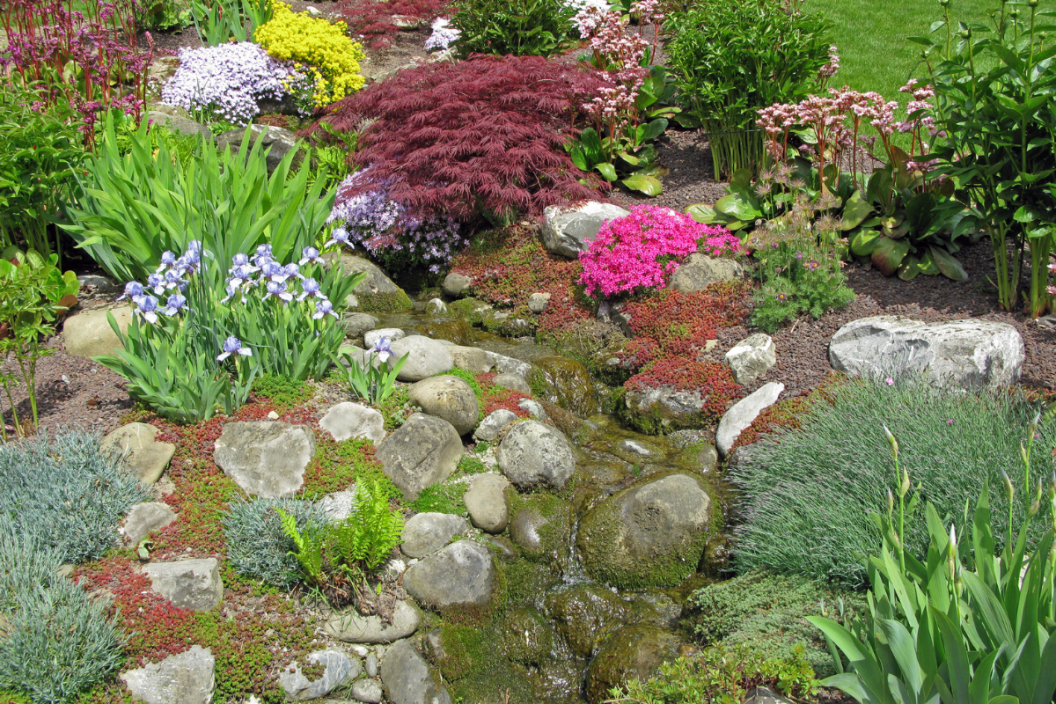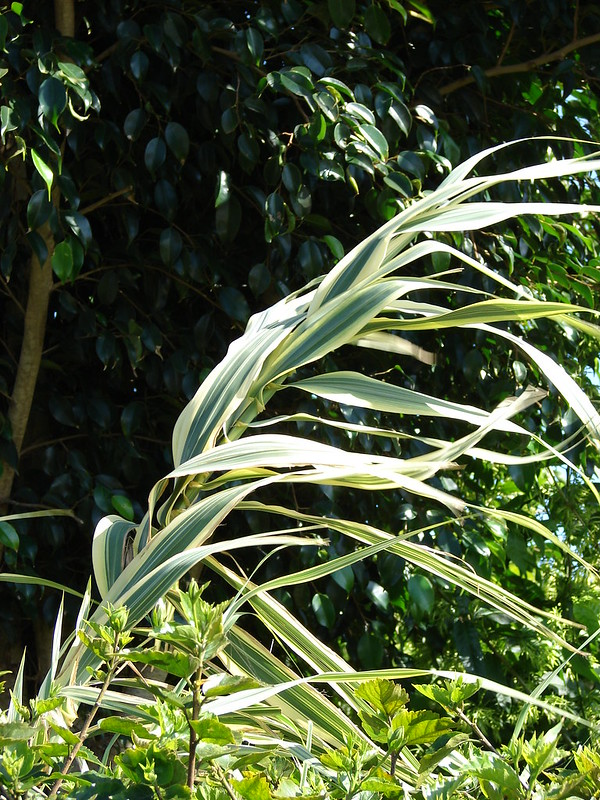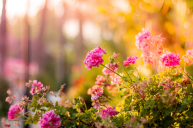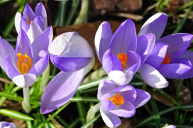As lovely as a garden full of blooming flowers is, it's not always the easiest to maintain. Flower beds filled with petunias, zinnias and poppies are colorful and fragrant, but keeping your flowers alive all season isn't for everyone, especially if you're dealing with a harsh climate or live in a drought-prone area such as the South or Southwest. Fortunately, there are other options for yard decor that are more heat resistant and low-maintenance than a traditional flower garden. For a hardy, aesthetically pleasing yard design that will thrive no matter the climate, a rock garden is the way to go.
Videos by Wide Open Country
What is a Rock Garden?
I'd never heard of a rock garden until I visited my aunt, who recently designed her dream house and is now making plans for her yard. Listening to her excitedly design her rock garden, I realized that there's a whole type of garden that I never knew existed. Also called an alpine garden or rockery, a rock garden is a piece of land decorated with rocks, boulders and stones, typically with little plants and flowers sprouting throughout.

Getty Images/fotolinchen
Rock gardens are a creative way to use space in your yard if you're looking for weather resistant decoration or don't want to have a garden that needs much regular maintenance. Since the Southern part of the United States is generally the warmest, rock gardens are especially perfect for the South.
Along with being easy to manage, this type of garden is much better for the environment than a grass lawn or flower garden because of how little water it needs. Especially in the summer, Americans use an exorbitant amount of water to maintain green lawns and flowering gardens, which can be a drain on water resources. By creating a rock landscape instead, you can cut down on water usage and ensure that your yard looks pristine no matter the climate conditions.
There are two types of lawn grasses- warm-season grasses and cold-season grasses. Since the south is generally warm, warm-season grasses do best in Southern rock gardens. To check your USDA hardiness zone to ensure that the grass you choose will thrive in your area, find your state on this USDA Plant Hardiness Map.
For a lovely rock garden that thrives no matter the weather, here are 7 of the best ornamental grasses to use in the South.
Pink Muhly Grass
Since rock gardens are as ornamental as they are practical, grasses that add color to the garden are always a good choice. Pink muhly grass, or Muhlenbergia capillaris, is a low-maintenance decorative grass that adds a touch of pink to your garden in the fall. This grass is a perennial that grows to 1-3 feet wide and thrives in full to partial sun. Plant it in USDA hardiness zones 6-9.
Starrush Whitetop
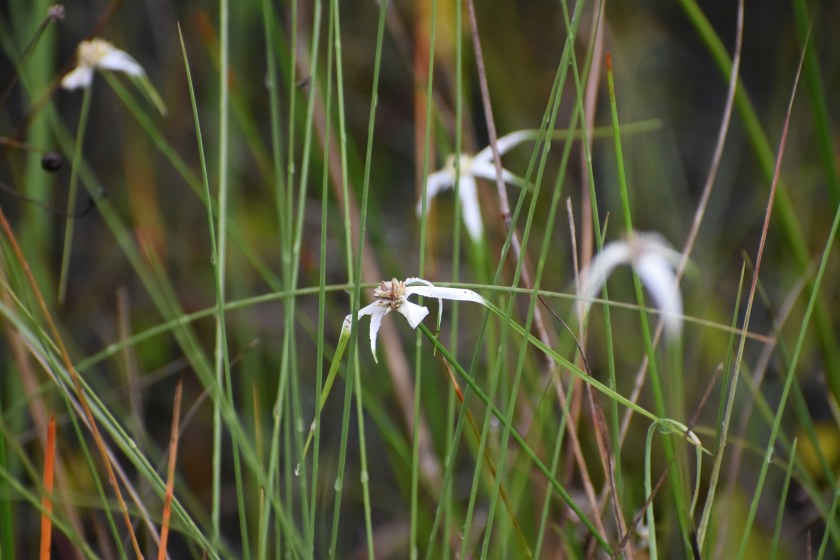
Getty Images/Jaimie Tuchman
Starrush whitetop, or Rhynchospora colorata, is perfect for a rock garden in the South. Especially popular in Florida, this decorative plant has tiny daisy-like flowers and long, tapering leaf blades. It does well in full sun or partial shade and will thrive in zones 8A-10B.
Blue Fescue Grass
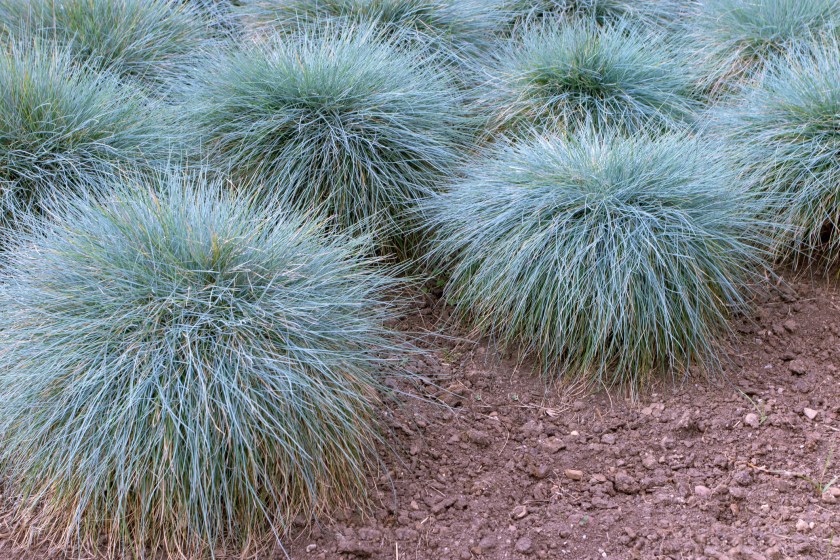
Getty Images/photohampster
Another excellent option for a rock garden in the South is Blue Fescue grass, or Festuca glauca, which is favored for its tinge of blue and its yellow-green flowers. This grass does well in full sun but can also thrive in partial shade. It'll grow about a foot and produce blooms in late spring to early summer. This grass grows in USDA growing zones 4 to 8.
Maiden Grass
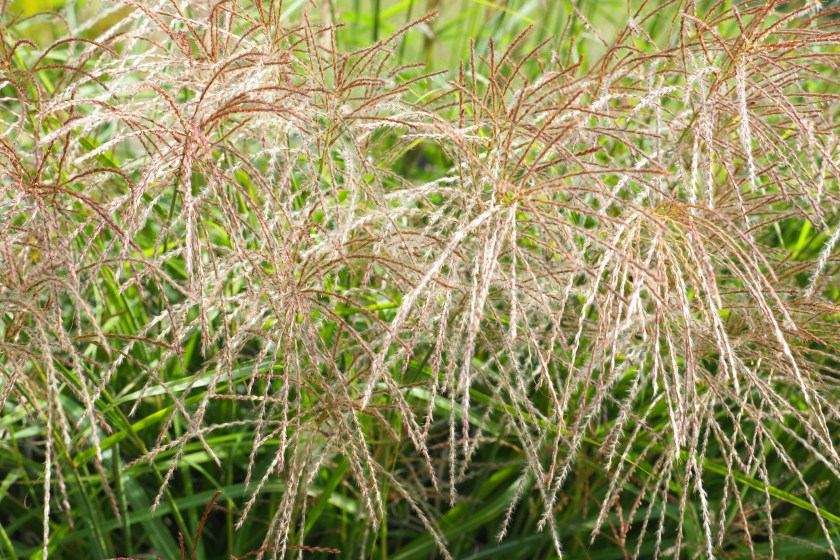
Getty Images/ANGHI
Maiden grass, or miscanthus sinesis 'Gracillimus', is a drought tolterant grass that adds depth and color to your rock garden. Growing in USDA growing zones 5 to 9, it does well in full sun to partial shade, and grows in clumps that are taller than most other ornamental grasses. This variety will reach 4 to 7 feet tall and 3 to 6 feet wide, so make sure you've factored in its size before planting.
Blue Oat Grass
Another blue-tinged option is Blue Oat Grass, or Helictotrichon sempervirens. This ornamental grass is ideal for the South and thrives in full sun to light shade. The most pronounced color comes from dry soil and full sun. This type of grass grows in USDA hardiness zones 4-11 and grows flowers throughout the summer and fall. Blue oat grass grows 2 to 3 feet high and about 2 feet wide, so this is a good option for grass that doesn't take up too much space.
Mexican Feather Grass
Mexican feather grass, or Nassella tenuissima, adds a distinctive touch to any yard with its unique aesthetic. This type of grass has seeds at the tips of each stalk that wave beautifully in the wind, earning it the name "feather grass." Mexican feather grass does well in dry conditions and is tolerant of sand and clay, making it ideal for more arid areas of the South and Southwest. This grass variety grows best in zones 6-10.
Giant Reed Grass
Giant Reed Grass, or Arundo donax, is a warm-season grass that blooms in the fall with beautiful purple stems. Although this grass can be invasive, when controlled it adds a striking touch to your rock garden. Giant Reed Grass is drought tolerant but can also survive in wet soil, and it does well in full to partial sun. This ornamental grass variety is perfect for adding color to your rock garden, but be warned that it grow up to 30 feet tall! This huge grass variety grows well in USDA hardiness zones 6-10.
